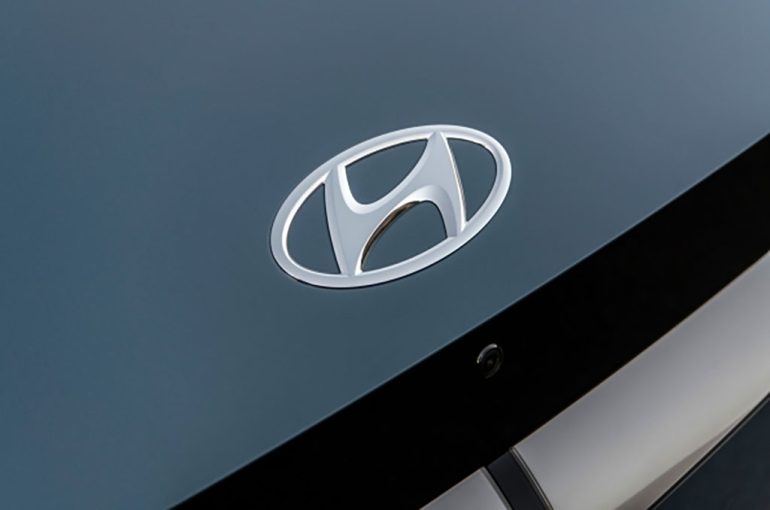Automobiles
Hyundai’s $26 Billion U.S. Push Signals Steel, Robots, and Real Jobs
Hyundai Motor Group is turning up the volume on its American strategy with a fresh commitment to invest 26 billion dollars in the United States from 2025 through 2028. The plan centers on three levers that matter right now, supply chain resilience, faster local production, and advanced automation...
Automotive Addicts
published: Aug 26, 2025



Hyundai Motor Group is turning up the volume on its American strategy with a fresh commitment to invest 26 billion dollars in the United States from 2025 through 2028. The plan centers on three levers that matter right now, supply chain resilience, faster local production, and advanced automation. On deck are a new Louisiana steel mill, a meaningful expansion of U.S. auto manufacturing capacity, and a robotics hub capable of producing 30,000 units per year. The Group expects around 25,000 direct jobs by 2028, a solid lift for American industry and the communities that support it.
Steel is the sleeper headline. A first U.S. steel facility for the Group in Louisiana is designed to reinforce domestic supply chains that feed Hyundai and Kia plants in the Southeast. Fewer ocean crossings and stronger local sourcing tend to mean better cost control and quicker response to American demand. Put simply, steel closer to the stamping presses is a strategic advantage that shows up in pricing, quality, and speed.
On the vehicle side, the Group plans to substantially expand U.S. auto production capacity so it can build more of what American shoppers want, whether that is hybrids, plug-ins, or battery electric models. Localized capacity shortens the distance between design tweaks, supplier changes, and finished vehicles reaching dealers. That is the kind of agility automakers need as tastes shift and technology cycles compress.
The robotics hub may be the most future-facing piece. With a planned 30,000-unit annual capacity, Hyundai is standing up a U.S. center for design, manufacturing, testing, and deployment. Expect tight ties to Boston Dynamics for cutting-edge mobility and practical factory automation, plus learnings that flow into Motional’s autonomous tech. This is how next-gen productivity gains move from the lab to the assembly line.
There is also a political subplot that industry watchers know well. Global manufacturers are cleverly finding ways to coddle up to the current administration with splashy U.S. investments. That does not always mean shifting existing lines wholesale to America. Instead, they are creating new avenues of manufacturing that deliver real wins for the U.S. economy, from steel to batteries to robotics. It is a balanced play, deepen roots here while keeping global flexibility intact, and it is still a net positive for American workers and suppliers.
Hyundai’s move is also an escalation from its March 2025 pledge. The new total adds roughly 5 billion dollars to a previously announced 21 billion dollar U.S. plan aimed at manufacturing, technology, and energy projects. Rather than tapping the brakes in a choppy market, the Group is doubling down where it sees durable demand and supportive policy.
Zoom out and the strategy reads like a textbook on future-proofing a U.S. footprint. Steel near the body shops, more assembly where customers are, and a robotics backbone that can scale across plants. That combination shortens supply lines, hedges against trade shocks, and builds speed into product updates.
Hyundai also reminds us it has played the long game here since 1986, with more than 20.5 billion dollars invested before this latest round. Add in the 25,000 direct jobs expected by 2028, and you have a roadmap that benefits workers today while positioning the brand for what comes next. It is not a total relocation of global manufacturing, yet it is the kind of capacity building that moves the needle for American industry.
Bottom line for car buyers, more locally sourced materials, more localized assembly, and smarter automation usually translate to quicker product cycles and stronger parts support. Bottom line for the U.S., even when companies are not fully moving production stateside, investments like these strengthen the industrial base and send a clear signal that America remains one of the best places on the planet to build things.
Read More